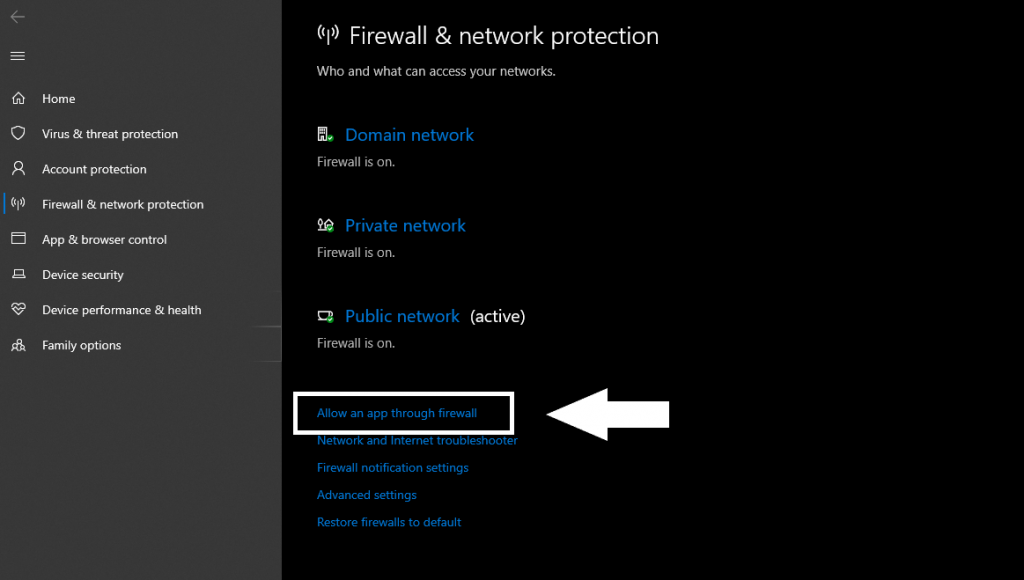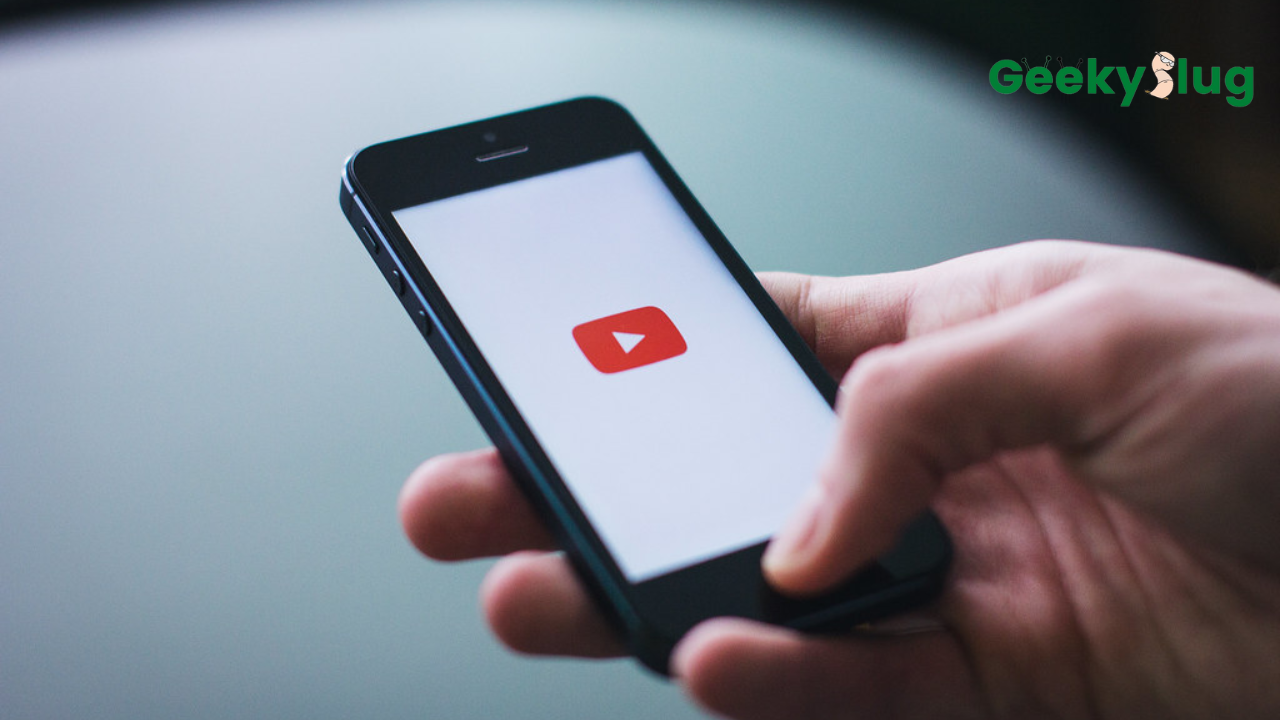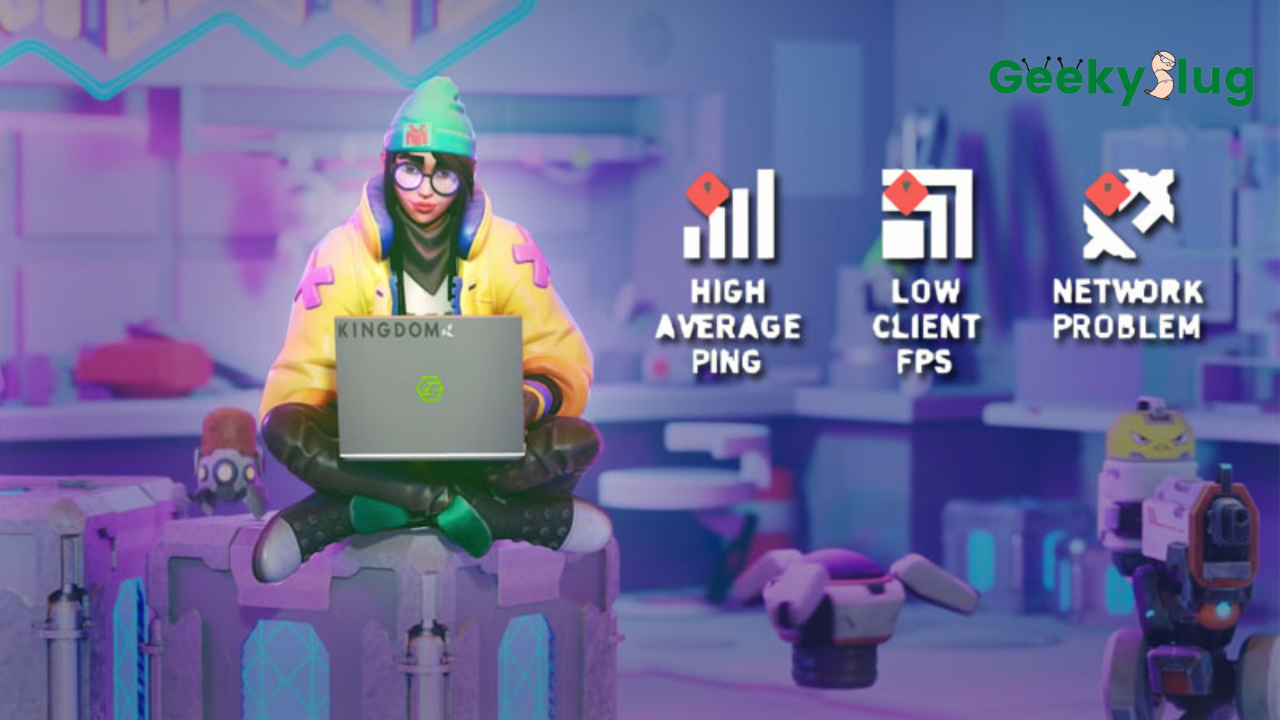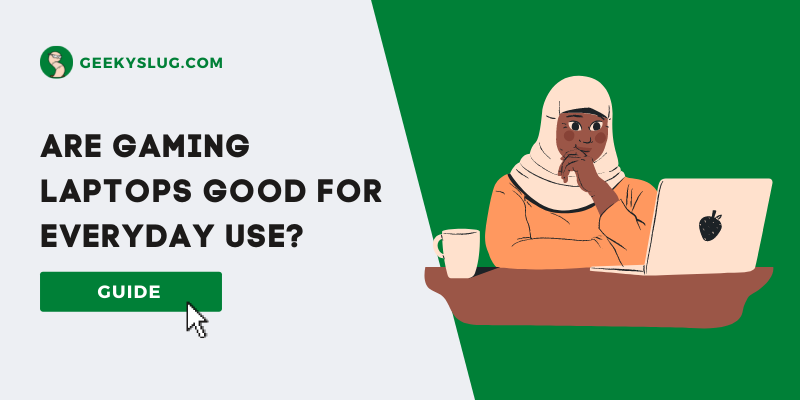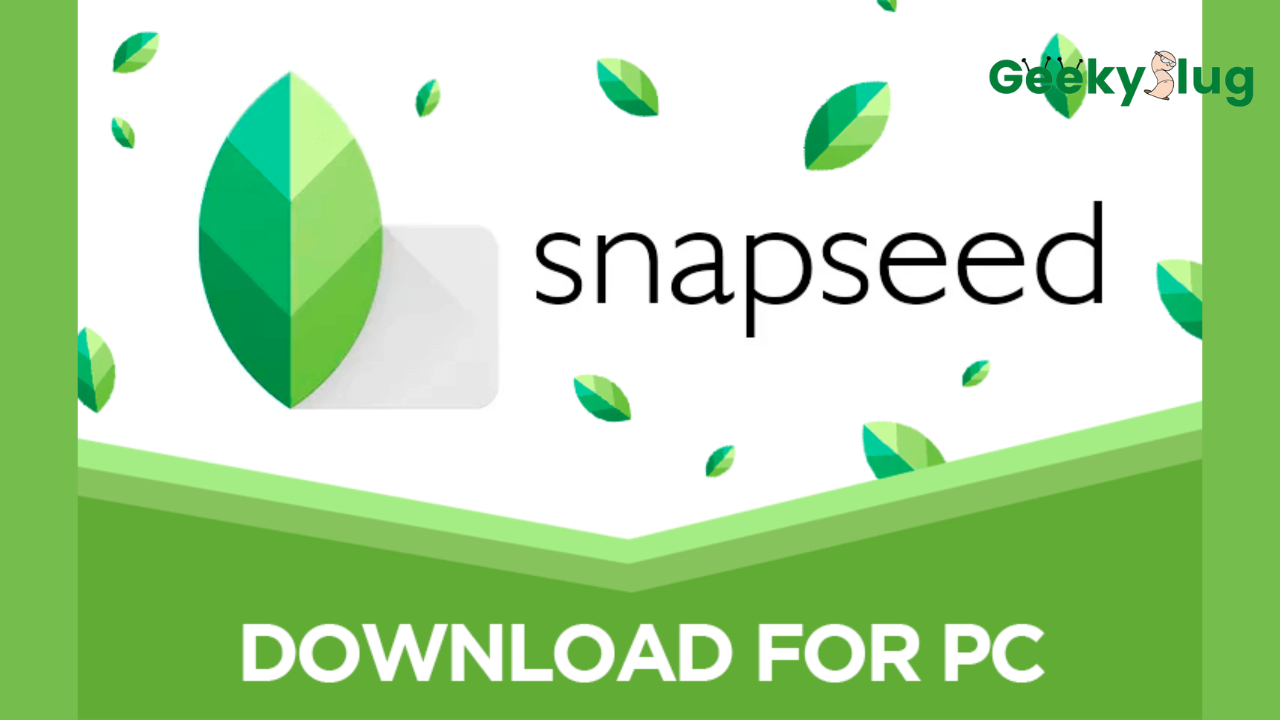How To Use A Tablet As a Drawing Pad for Computer Using Virtual Tablet?
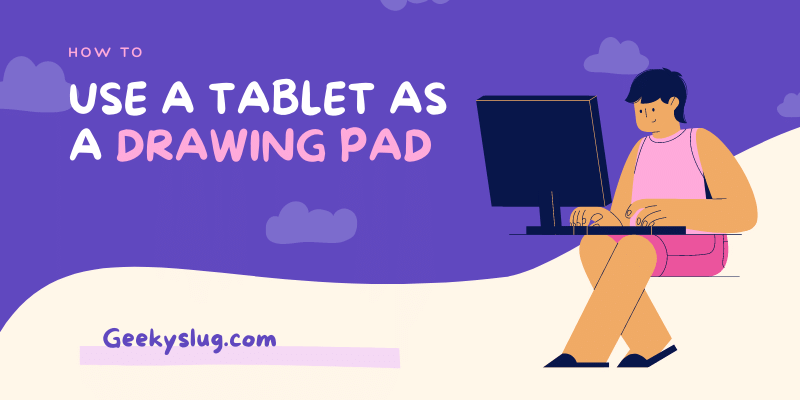
Geekyslug is supported by its readers. We independently analyze, test, review, and recommend the latest tech products—learn more about our process. When you buy something through our links, we may earn a commission.
Ever since the digitalization of the world started, lots of unexpected things started getting onto the internet. Not to say they did turn out pretty amazing.
One such topic is making digital art, computer graphics, and design. Now that computers have become so common in every household, people in everyday life have started taking interest in making digital arts too.
But talking about that, not everyone can easily get a drawing pad for their art, so what do we do? Well, once there was a time when tablets (the electronic kind, not the pills) were quite famous, so if you have any of them then you are in luck!
Don’t worry, if you do not have any tablets, we will still work our way out as today we will learn also how we can use your phone as a drawing tablet!
How To Use A Tablet As A Drawing Pad For Computer Using Virtual Tablet?
So before we start our guide, let us learn about “virtual tablet”.
About Virtual Tablet
Virtual Tablet is a software that helps you use your tablet and tablet-like devices (such as the Samsung galaxy note series) or any device capable of using a stylus, into a drawing pad which you can use for making digital art.
You can go to the official sunnysidesoft website and download the software, you can also use this direct link for their download page – Download
You will also need to download the application on your tablet/mobile devices from the PlayStore.
You can do so from here for the free version of the application.
For the advanced version, use this link.
[Note: Do not download the desktop application through windows store, as it only gives you the identical to mobile version app]
Supported Devices
Virtual Tablet runs on devices that have a special feature, that is if they have a stylus that is pressure sensitive and can have hover mode.
Now, this species is a requirement because as artists know, every tiniest movement of your hand and fingers makes a change on the canvas (which for now, is your tablet), hence you have to be very precise with your touch. The same is the case with virtual tablet, it registers the slightest of touch responses lightly and heavy pressured ones too.
So to name a few devices that are sure to support the mobile application are –
- Samsung Galaxy Note Series
- Windows-based tablets
- Samsung Galaxy Tab A
- Samsung Galaxy Tab S Pen
- Selected Asus Tablets
These are derived from the official website, and as they quote, the devices that are based on Wacom Digitizer Stylus Technology are capable of supporting the virtual tablet application.
Let’s move on to our next step now, which is setting up our tablet/mobile devices for connection with the desktop application.
How to Setup Virtual Tablet
-
Install Java On Desktop
Since our application has features that are Java-based, we need to download and install it, which can be done from the Oracle website or directly from Java’s website. Here is the direct link to download java.
Once you have downloaded the Java setup from the websites, it will guide you with its easy on the screen instructions to install alongside the necessary drivers. A stable internet connection is required.
-
Firewall Port Configuration
Since we know that online applications have firewall ports designated to them, and so to sometimes enable access, we need to allow them through the firewall.
The desktop application of Virtual Tablet needs access from the firewall too, so to grant that, we need to access our windows firewall and do it manually.
Windows firewall can be reached by simply typing in “firewall” in the windows search option.
Once in the firewall section, you will find the option that says “allow an app”.
From there onwards, we can enable our app to work through the firewall.
-
IP Configuration
Finally, we need to open the settings in our Virtual Tablet application on mobile as well as the desktop because now we need to put the IP addresses same on both devices.
This can be done by being connected to the same wifi router, and also you can check your IP address through Network and Internet Settings.
Another Method
There is one more method to connect the mobile device, that is, through USB tethering.
To enable USB tethering of your mobile device, connect your mobile with the computer, now you need to go to the settings of your device. Search for “Advanced developer options”, if it pops up, scroll and find “USB tethering” and turn it on. If you can’t find the option, do not worry, there is still a way out.
Back to the settings, now scroll down to the “About Phone” tab, scroll and find “build number”, tap it 7 times. Voila! Your secret “advanced developer options” are enabled now!
Once enabled, we can use settings on our virtual tablet application to enable it to work from both ends.
Supported Graphics Applications
To know which software we can use for scratching, painting, and doodling, we have a small list here.
- Adobe Photoshop
- Adobe Illustrator
- Adobe Animate (Flash)
Conclusion
Now that we have finally learned to connect our device, application on both ends, and the graphics software, we can now use the tablet as a drawing pad.

By Sam Rhodes
Hi, I’m Sam Rhodes, a passionate tech reviewer, and gamer. I started Geekyslug with the motive of sharing my knowledge about tech gadgets like gaming laptops, tablets, graphic cards, keyboards, and whatnot.
I also share troubleshooting guides, helping people resolve issues with their gadgets. When I’m not writing, I prefer playing Valorant, Call of duty, GTA5 or outdoor activities like skateboarding and off-roading on my bike.


